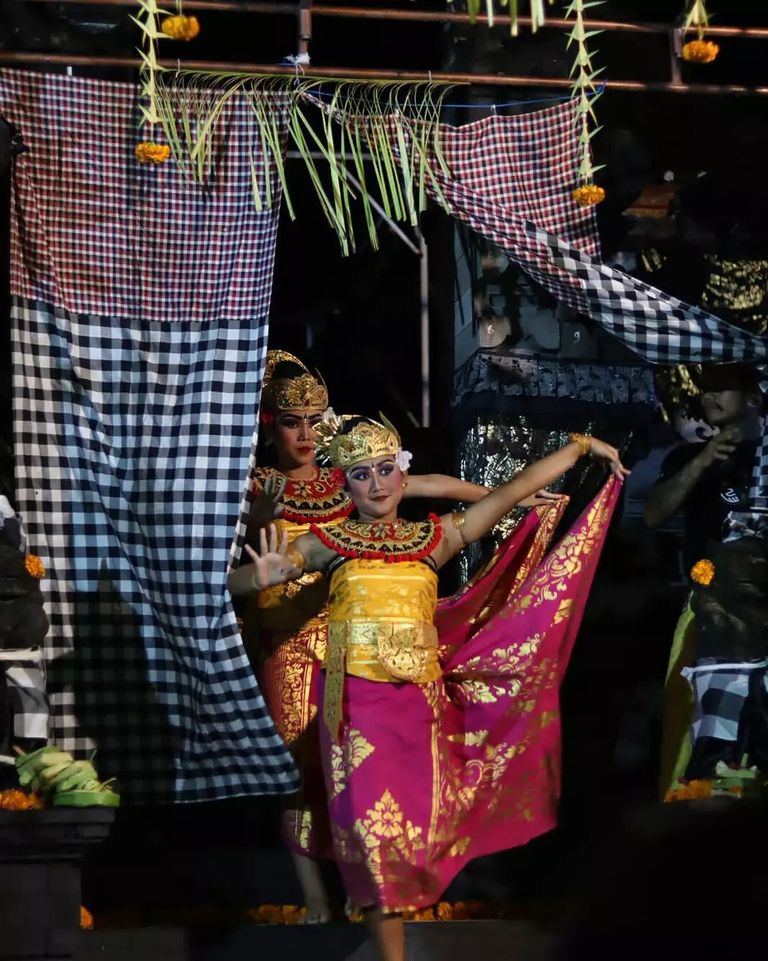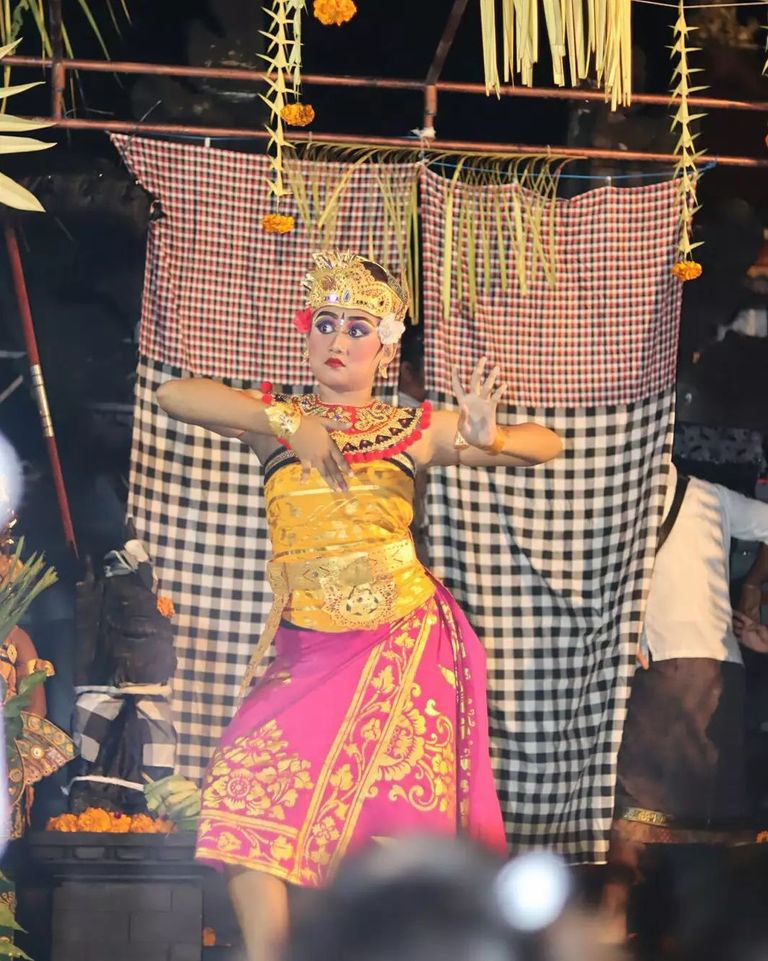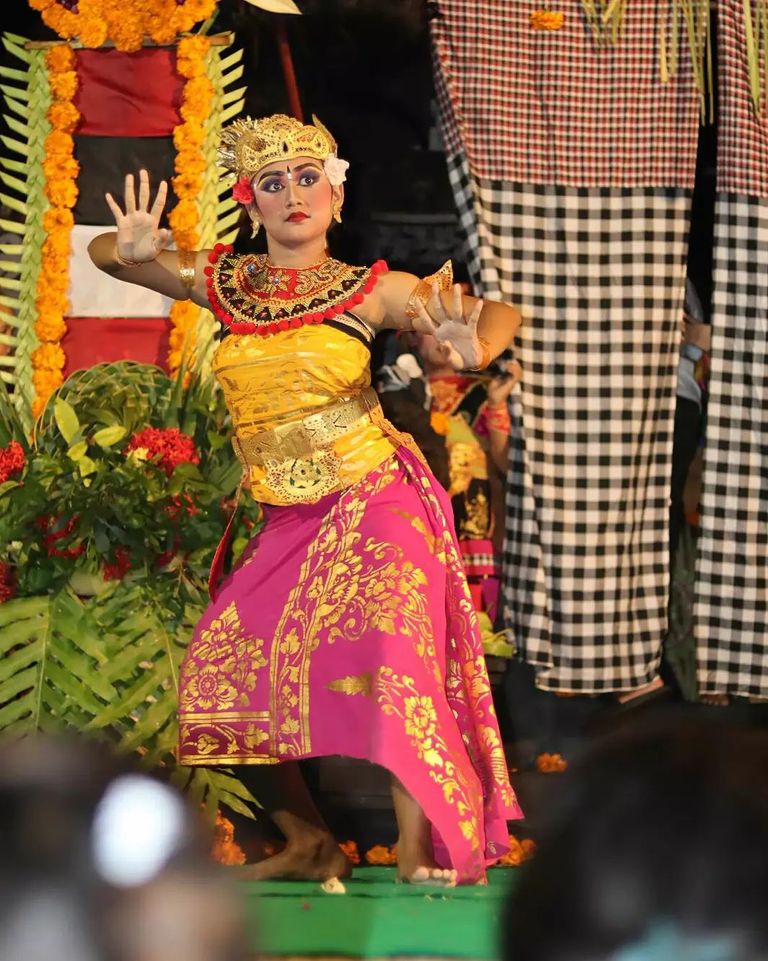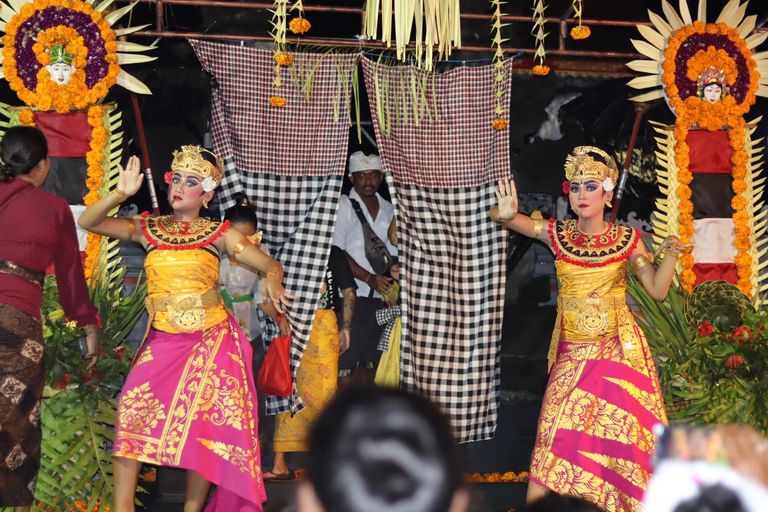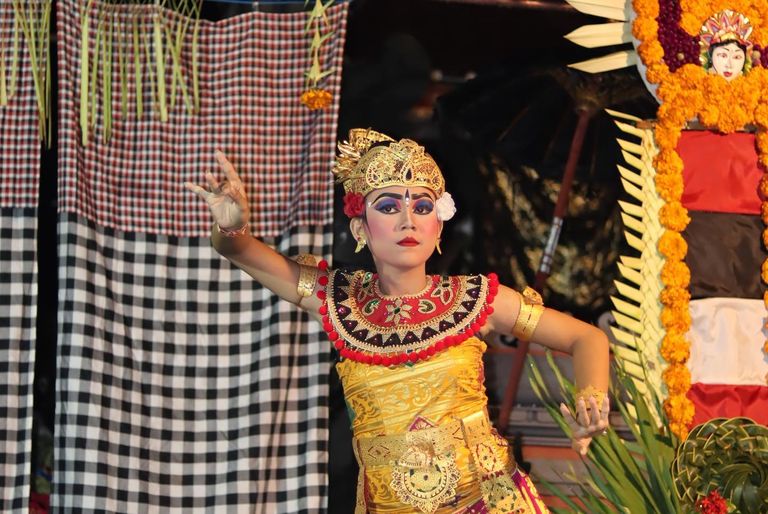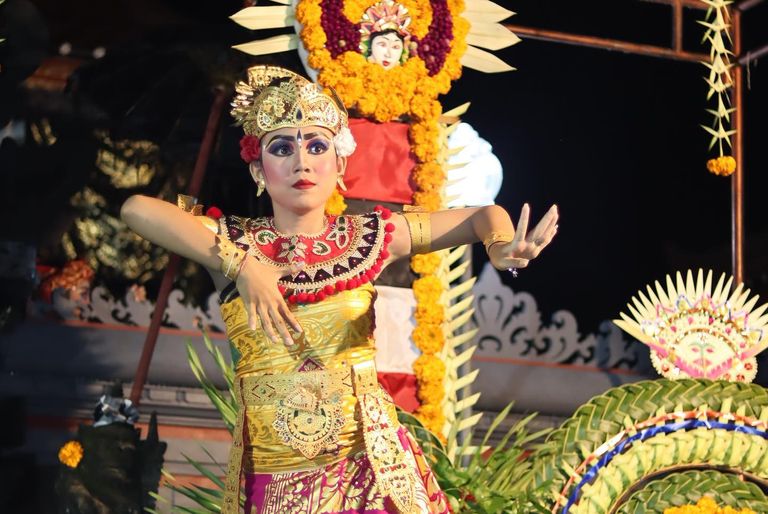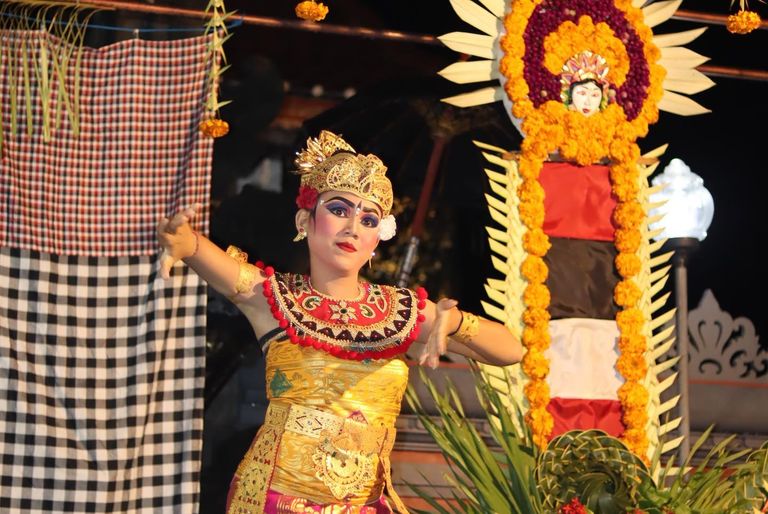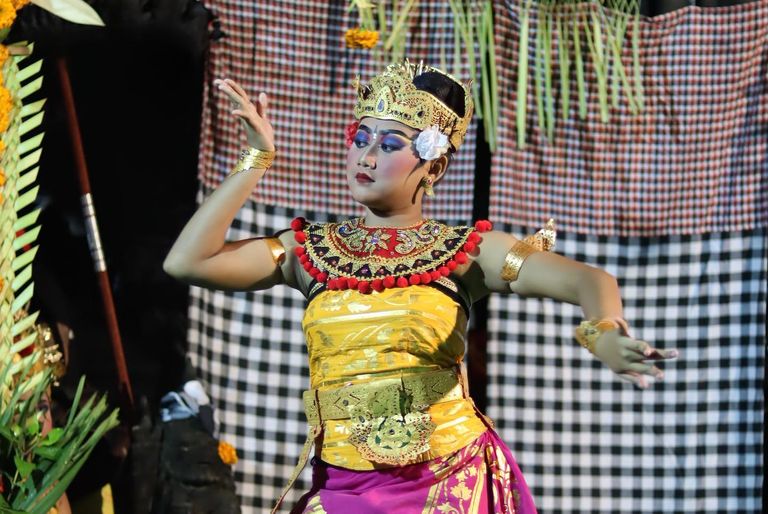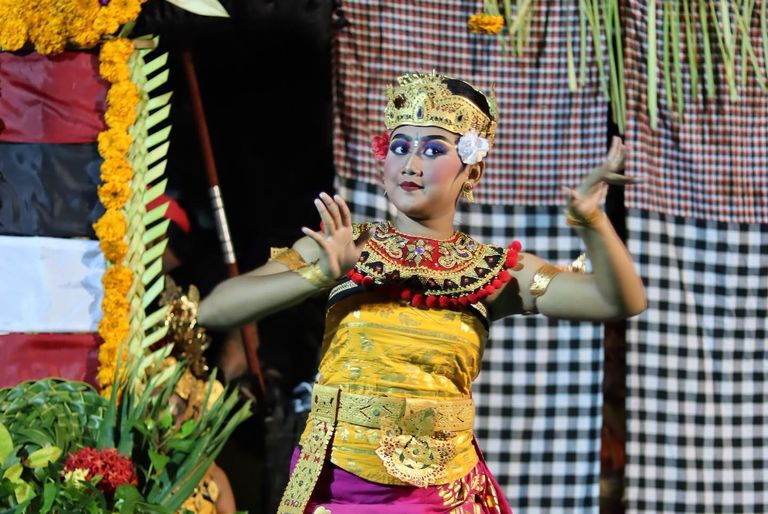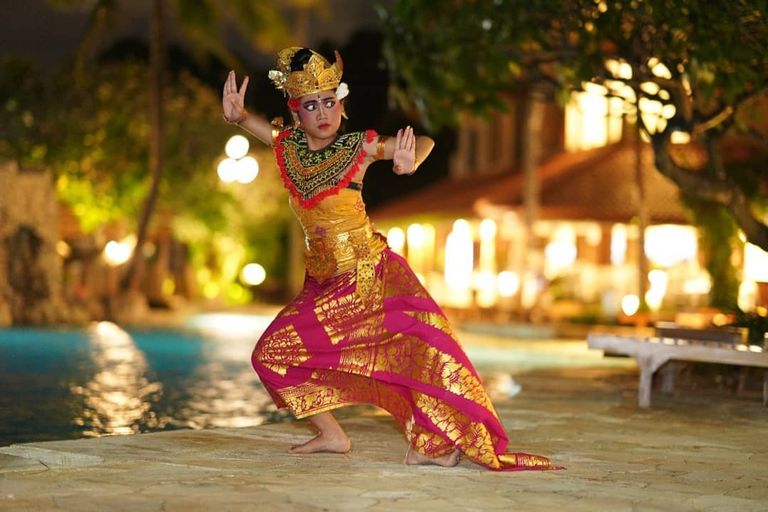
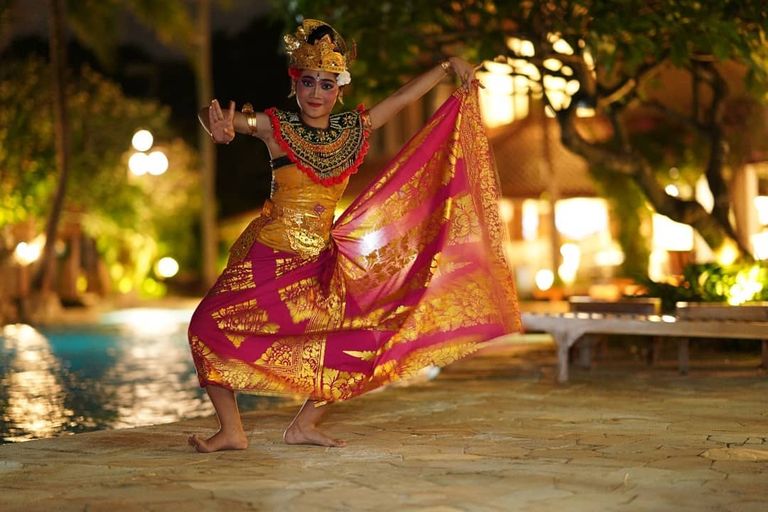
Good evening friends, how are you all, hopefully always in the protection of God. Hey friends, tonight I will post about a typical Balinese dance, the Margapati dance

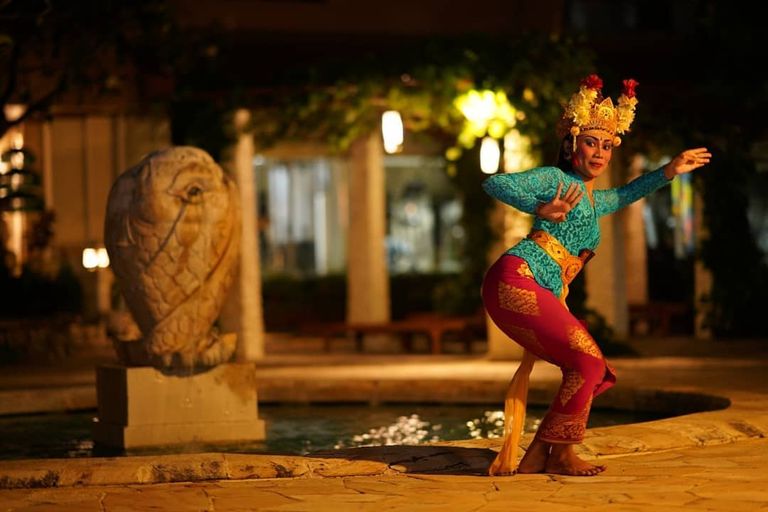
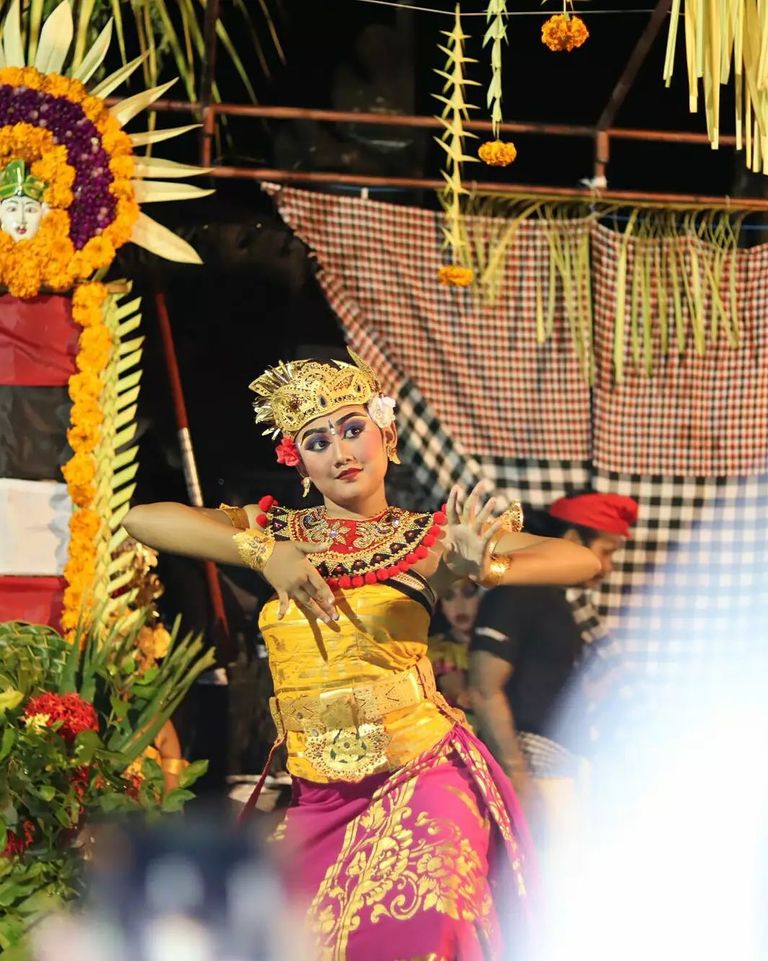
Margapati dance is one of the loose dances whose category is kekebyaran dance. Margapati dance was created by the late Nyoman Kaler in 1942. The word margapati comes from the word (mrga = animal, pati = king) is a dance that describes the movements of a king of the jungle (lion) who is wandering in the middle of the forest to hunt his prey. This dance is a loud son dance. In Bali, the word marga is a designation of the word "jalan" or "margi" such as "Marga Tiga" which is a three-way intersection and "pati" is death or death so this dance may mean the road to death or a dance that describes a woman's wrong way. , because this dance is usually danced by a female dancer with movements that resemble a man. The Margapati dance is composed by choreography, a blend of North and South Balinese styles.
MARGAPATI DANCE ORDER
Basically, the Balinese dance has the basics called Agem, Tandang and Tangkep. Agem is a basic attitude that contains a certain purpose, namely a basic movement that does not change from one main attitude to another. For example Mungkah Lawang, Ngrajasinga, Butangawasari and others. Away is a way of transferring one main movement to another, so that it becomes a series of continuous movements. Consisting of abah, namely the movement of foot movements according to dance compositions and badminton, namely the development of hands such as Luk Nagasatru, Nerudut and Ngelimat. Tangkep is an expression that radiates the spirit of dance or an expression that is generated through facial light. There is Encahcerengu, which is a change from one expression to another, and Maniscerengu, which is a smile while squinting at the eyes. Without Tangkep, a dance has a lifeless impression.
Likewise with the Margapati Dance, here are the coral guidelines:
Mungkah Lawang, both hands are slowly pulled to the side until the eyes are tilted and the milk is tilted
Ngeluk nagasatru, both hands turn inward and the right hand slaps on the chest
Neck twitched to the side and slipped to the right side twice. This movement is repeated three times, the new angsel gong changes
The hand gripping Nagasatru and the right hand gripping the sipah
Leaf veins, eyes turned to the middle left corner and right corner. Gandangarep, walking forward accompanied by a look of leaf streaks and Gandanguri, walked behind his hands, smack dab. Ngeluk nagasatru and the right hand is firmly on the chest.
Gandangarep with both hands swinging while streaking the leaves, turning to the left and middle and obliquely right, then Gandanguri
Tampaksiring nyilat Luk ngelimat hands and stepped in place three times and accompanied by a left and right lunge
The movement of the foot paddling the lower metanjek repeatedly three times
Left agem sucks to the right and to the left and tilts to the right
Metanjek Bawak three times with the right agem
Jelatik nuwut pahpah tilted to the left and tilted to the right
Stick to the left and right while stepping forward twice
Curl left and right with the legs shaking fast
The hand grips to the left and doubles down on the right leg
The waves immediately roll backwards and forwards like the waves of the sea
Ngagem right while sucking ngocak twice and passed to agem left. So this movement three times in a row angsel gong
Ngmbang again once walked forward and backward and metanjek nandang
Metanjek long and nyakupbawa which indicates the dance is over
Regarding the composition of the percussion in general, starting from the transfer, pemeson, pengipuk, and pengipuk.
FASHION
- Top Design
– Using udeng shortening
– Wearing badongs.
- Body Design
Underwear from Margapati Dance
– Tapih
– Stagen belt (approximately 8 m long)
Outerwear of Margapati Dance
– Kamen Prade
– Prade Belt
–
–
ACCOMPANIMENT
Margapati dance basically uses gamelan gong kebyar accompaniment. However, over time, there have been innovations to accompany this dance. It could be with the gamelan Semar Pegulingan, Semara Dana, or Angklung Klentangan depending on the situation. For example, if this Margapati dance is performed to mebarung angklung kebyar, then it is performed with the accompaniment of angklung klentangan.
